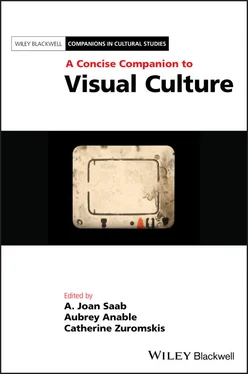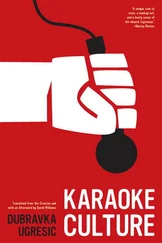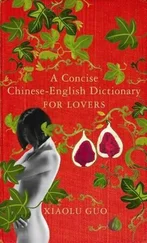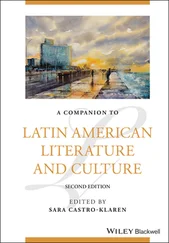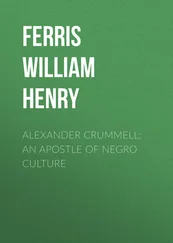JONI think it’s important to say explicitly that AIDS was the catalyst for Douglas’s shift in thinking, so how was your shift in thinking related (or not) to AIDS?
RICHARDI worked my first year in graduate school as an intern on Group Material’s exhibition AIDS Timeline (1989) at the University Art Museum at Berkeley. So that was Félix González‐Torres, Julie Ault, Doug Ashford, and Karen Ramspacher. What was really amazing about that project is that they were totally interested in my input. I remember I said, “we have to have Rock Hudson”—there was the cover of Newsweek or something when he came out with AIDS and we put that in the timeline. They went to visit all the local artists who either were dealing with AIDS or had AIDS, and there was an interesting artist named Rudy Lemcke, who did the paintings of Glinda the Good Witch and the Wicked Witch of the West ( Figure 5.2). There were these masks from a therapy group; and I thought, “you’re really going to put those masks in?” And they did. What I learned was that art doesn’t have to be about the individual object; it was about this congregation of things, and it could be informational and aesthetic and communitarian. It could use the museum against the ways in which the museum is typically used. What was really interesting is that, just at that moment, Félix—his work as an individual—was really beginning to take off. And I remember when I saw his billboards of that empty bed a few years later, I was just blown away by them.

Figure 5.2 Rudy Lemcke, Glinda, 1988, acrylic on canvas, 36 × 30 in.
Courtesy of the artist.
JONFor me, the cultural production around AIDS really coalesced all my interests and affiliations in my late teens in Montreal, which coincided with the late 1990s: political activism, being really interested in film and art, and trying to date guys. Everything felt very disparate and compartmentalized, and then discovering Gregg Bordowitz’s work or John Greyson’s work made me understand that all these things could have a very generative relationship to one another. I worked with Thomas Waugh at Concordia University, and the academic, the activist and the aesthetic were closely tied together; the academic, the social, and the libidinal were all very much linked, and there wasn’t really a sense that anything could be an inappropriate topic to explore [in this vision of film studies and queer studies]. Doing a PhD in the field of art history now, I understand that there’s a historical discipline that for a very long time decided what you could do and what you couldn’t, and that it’s still very much being contested, and I was happily oblivious to all that through most of my promiscuous intellectual formation.
RICHARDDid you know that Waugh had a tremendous struggle with Columbia University Press over the sexually explicit images in Hard to Imagine: Gay Male Eroticism in Photography and Film from Their Beginnings to Stonewall (Waugh 1996)? In the end, the press allowed Waugh to publish the images, with one important exception. There could be no image of any kind on the cover, which was light gray save for a narrow black band with the words “Hard to Imagine” printed in red. I have always thought of this design as the equivalent of sealing the book in a plain wrapper. It is as though the book is pornography rather than a scholarly study of it.
*
RICHARDI wanted to get back to that quotation from Zoe Leonard that was in Holland Cotter’s piece in Art in America for the twenty‐fifth anniversary of Stonewall in 1994 (Cotter 1994, 62)—a quotation that I then re‐quoted:
I think what sometimes happens is that we feel things inside—mysterious, curious, angry things that we can’t name. And if we see someone else naming those things, it gives us courage. Like when I first read Sartre of Jean Genet or Audre Lorde or Adrienne Rich. When I saw An Angel at My Table or Tongues Untied , I thought: Yes, I can think this.
Yes, I can take this one step further and live my life the way I want to. Demand respect. Treat others with kindness. You can create inspiration. And inspiration creates change.
Now that’s a very optimistic, amazing passage, but the part for me that’s really important is where she talks about “things that we can’t name”—and the importance of finding the work of writers and filmmakers who speak of those things. Leonard then describes the permission that such works offer: Yes, I can think this. Yes, I can take this one step further and live my life the way I want to. And that’s, in a way, what visual culture studies allowed. I just remember when Douglas’s essay “The Boys in My Bedroom” came out in 1990 (it is now reprinted in Crimp 2002, 151–63) and I thought, wow, Douglas is writing in the pages of Art in America about these “tricks” who basically think that the artist Sherrie Levine’s series After Edward Weston , whose images are on his wall, are child porn, while the culture wars are going on. That, for me, was a moment where I could think about things in a new way.
JON Also, I think that the benefit of an image or a non‐literary object is that it can express feelings or thoughts without putting them into words, so in some ways these things are even more powerful, because they maintain a certain unknowability.
RICHARDAs art writers, we need to respect this “unknowability” while also trying to give it a voice. We need to both analyse visual images and leave them with the power of their opacity.
JONAnother thing that’s so great about that Zoe Leonard passage is the way in which it acknowledges that everyone can have these really transformative encounters with images and texts, that this is not just the terrain of people with a certain education or connoisseurship; that it’s happening every day and is worth paying attention to. Which, I think, is more important than ever, considering that how we encounter images and what images can do is in a period of flux and rapid change. Even the most distracted, casual, or degraded swipe of an image could end up being a font of meaning or power, in ways that we could not possibly anticipate.
1 Amin, Kadji. 2017. Disturbing Attachments: Genet, Modern Pederasty, and Queer History. Durham, NC: Duke University Press.
2 Cotter, Holland. 1994. “Art after Stonewall: 12 Artists Interviewed.” Art in America 82(6): 56–65, 115.
3 Crimp, Douglas. 1993. On the Museum’s Ruins. Cambridge, MA: MIT Press.
4 Crimp, Douglas. 1999. “Getting the Warhol We Deserve.” Social Text 59: 49–66.
5 Crimp, Douglas. 2002. Melancholia and Moralism: Essays on AIDS and Queer Politics. Cambridge, MA: MIT Press.
6 Meyer, Richard. 2000. “At Home in Marginal Domains.” Documents 18: 19–32.
7 Meyer, Richard. 2002. Outlaw Representation: Censorship and Homosexuality in Twentieth‐century American Art. Oxford: Oxford University Press.
8 Meyer, Richard. 2019. “Fifty and Counting.” Art in America 107(6): 80–5.
9 Meyer, Richard and Catherine Lord. 2013. Art and Queer Culture. London: Phaidon.
10 Spring, Justin. 2010. Secret Historian: The Life and Times of Samuel Steward, Professor, Tattoo Artist, and Sexual Renegade. New York: Farrar, Straus, Giroux.
11 Waugh, Thomas. 1996. Hard to Imagine: Gay Male Eroticism in Photography and Film from Their Beginnings to Stonewall. New York: Columbia University Press.
Читать дальше
